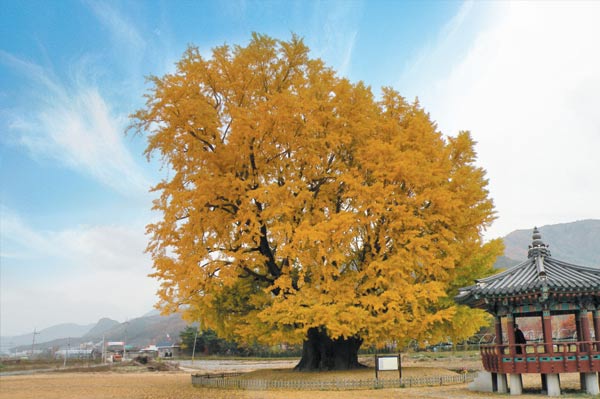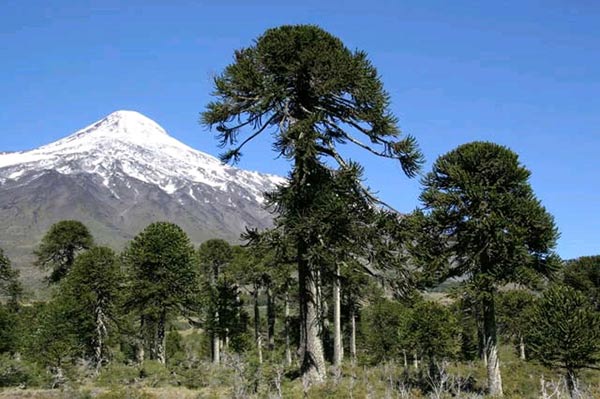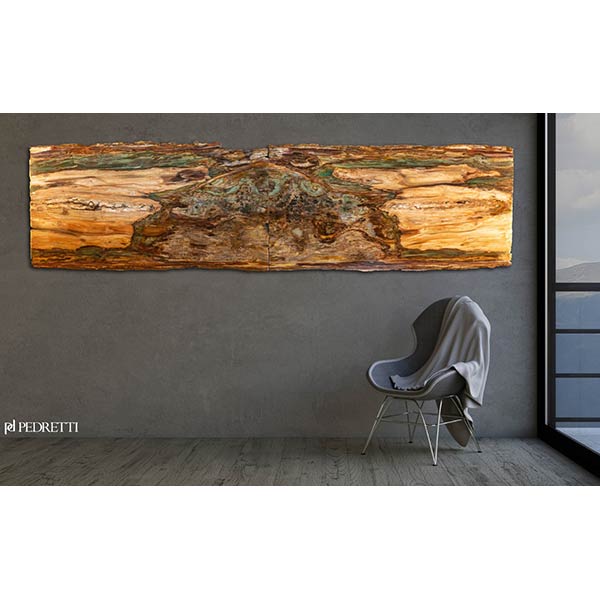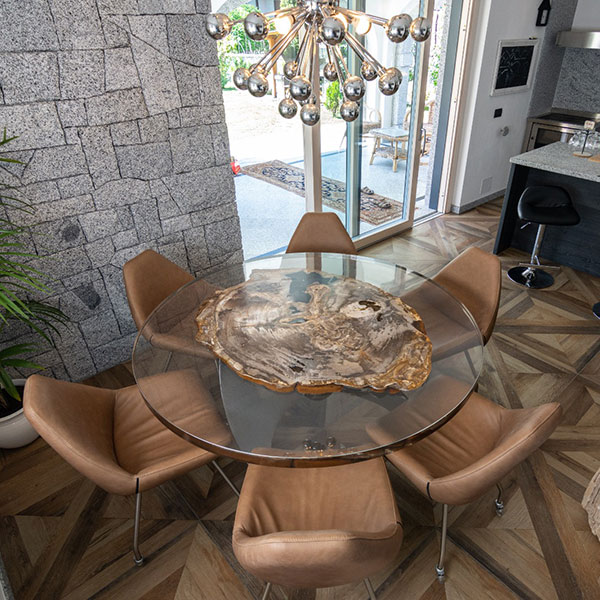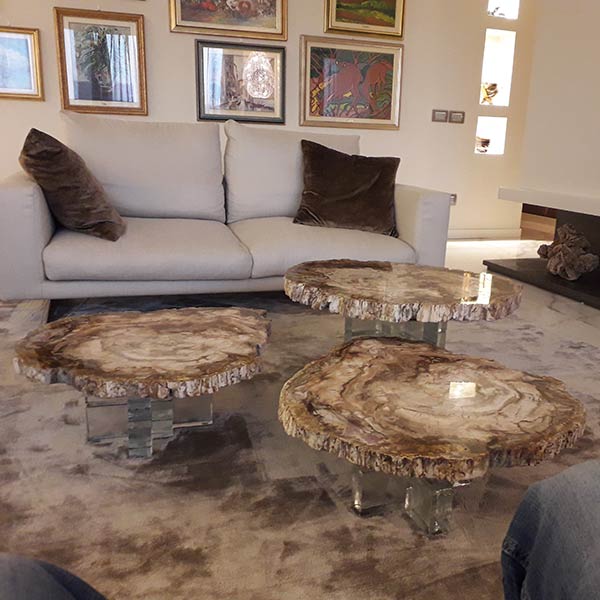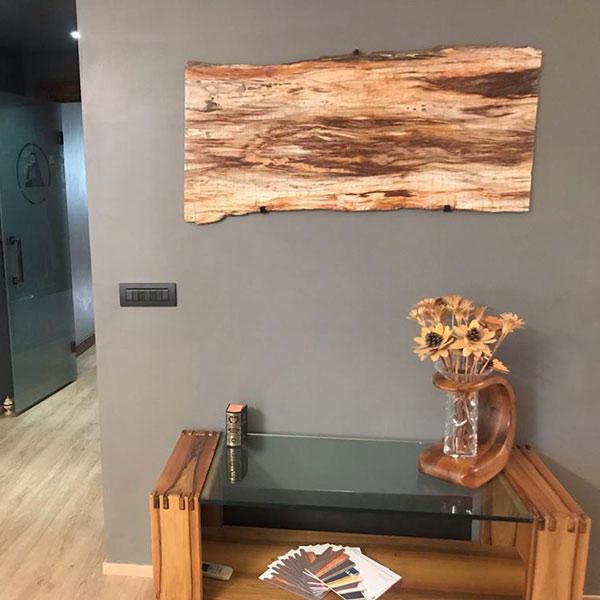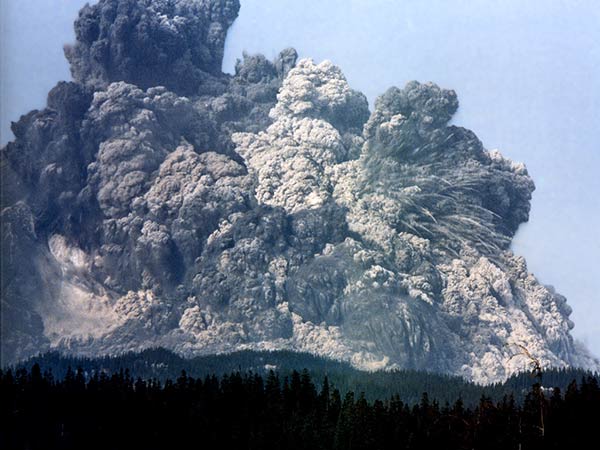
To become petrified, a tree must become buried in an environment with little to no oxygen. This usually happens in nature following a volcanic explosion when the tree is covered in volcanic ash. Without oxygen, the wood cannot rot.
Over time, minerals such as manganese, iron and copper penetrate the wood from surrounding water and earth. The minerals eventually take the place of the wood, giving the now fossilized wood a bright array of colours depending on the minerals in the surrounding soil. Pure quartz is colourless, but combined with contaminants, the quartz crystals take on different colours and tones such as yellow, orange or red. The end result is fossil wood - a colourful collection of minerals that take on the exact form of the original tree or trunk.
Petrification is the only process in the world in which a once living organism is transformed to mineral whilst remaining visibly very similar, conserving the original structure even down to microscopic details. The process of petrification is fundamentally different to that that creates other types of fossil, which in general have been formed by compression or impression of the original organism in mud or earth.
How long does the petrification process take?
In nature petrification can occur in just 5,000 to 10,000 years. Even though scientists in a Washington laboratory have managed to simulate the petrification process in a short period of time, in nature, most cases of petrification took place during the Triassic, Jurassic e Cretaceous periods - 50 - 260 million years ago.
It may sometimes be hard to comprehend, but dinosaurs once roamed in these same forests!
What type of wood is petrified wood?
Most stone wood currently known to us comes from the age of the dinosaurs and is over 100 million years old. At this time, the main types of tree were Araucarie, Ceder, Ebony, Ginkgo and palms.
